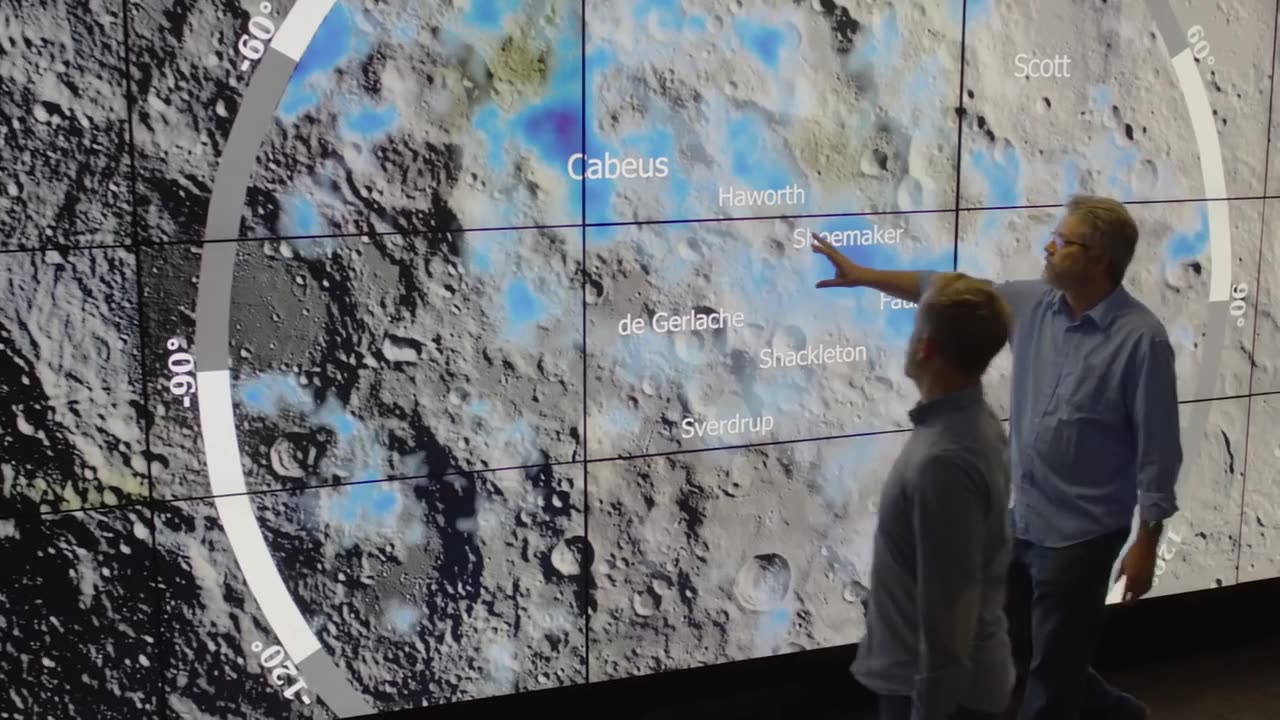Premium Only Content

How they are going to moon stay by,2024
A moon journey, also known as a lunar mission, involves sending spacecraft, astronauts, or robotic vehicles to the moon. Such a journey typically follows several stages:
Preparation and Planning: Before launching a moon mission, extensive planning and preparation are required. This includes designing the spacecraft, selecting the crew (if applicable), calculating trajectories, and ensuring the necessary technologies are in place.
Launch: The spacecraft carrying the payload, which could be robotic rovers or modules with human crew, is launched into space using a powerful rocket. The rocket needs to have the capability to escape Earth's gravity and reach the moon's orbit.
Trajectory to the Moon: Once in space, the spacecraft follows a calculated trajectory that takes it to the moon. This trajectory involves precise calculations to ensure the spacecraft arrives at the moon at the right time and position.
Lunar Orbit: The spacecraft enters the moon's orbit. This phase allows for detailed observations and data collection about the moon's surface and environment. It can also serve as a staging point for further exploration.
Descent and Landing: If the mission involves landing on the moon, a descent module or lander is separated from the main spacecraft. This module carries instruments, experiments, and potentially astronauts. It undergoes controlled maneuvers to navigate to a safe landing site on the moon's surface.
Surface Operations: Once on the moon's surface, the mission's objectives can vary. Robotic missions might involve deploying instruments, conducting experiments, and capturing images. In the case of crewed missions, astronauts conduct extravehicular activities (moonwalks), collect samples, and carry out scientific research.
Return to Earth (If Applicable): Crewed missions usually involve a return journey to Earth. The ascent module needs to launch from the moon's surface, rendezvous with the main spacecraft in lunar orbit, and then begin the journey back to Earth.
Reentry and Recovery: Upon reentering Earth's atmosphere, the spacecraft faces intense heat and friction. Protective measures are in place to ensure the safety of the crew and cargo. Once through reentry, the spacecraft's parachutes or other landing systems are deployed to slow its descent, and it lands safely back on Earth.
-
 LIVE
LIVE
Film Threat
7 hours agoVERSUS: KRAVEN THE HUNTER + LORD OF THE RINGS: THE WAR OF ROHIRRIM | Film Threat Versus
124 watching -
 44:42
44:42
Tudor Dixon
3 hours agoBREAKING: The Truth About the Drones Invading America | The Tudor Dixon Podcast
3.04K3 -
 1:47:05
1:47:05
The Quartering
4 hours agoHuge Drone Update, Kamala To Run Again, CNN Commits Treason & Trump Trolls On Drones
92.6K44 -
 2:21:16
2:21:16
Nerdrotic
5 hours ago $7.02 earnedThe Last Jedi Still SUCKS | Superman Returns | An FNT Square Up - Nerdrotic Nooner 451
84.5K5 -
 LIVE
LIVE
StoneMountain64
4 hours agoHIGH TIER raids while on missions
112 watching -
 25:58
25:58
Page Six
5 days agoLIVE: Danny & Evan talk hot reality TV takes, Bravo news & answer fan questions! | Virtual Reali-tea
43K1 -
 1:22:35
1:22:35
Russell Brand
4 hours agoScience, Faith, and Totalitarianism: A Conversation with Dr. John Campbell- SF514
131K129 -
 LIVE
LIVE
hambinooo
7 hours agoTHE PUBG GOAT
154 watching -
 2:08:23
2:08:23
Steven Crowder
8 hours agoDrone Conspiracy: Is the Government Hiding Something Huge From the American Public?
538K303 -
 LIVE
LIVE
Right Side Broadcasting Network
7 hours agoLIVE REPLAY: President Trump Delivers Remarks to the Press - 12/16/24
4,241 watching